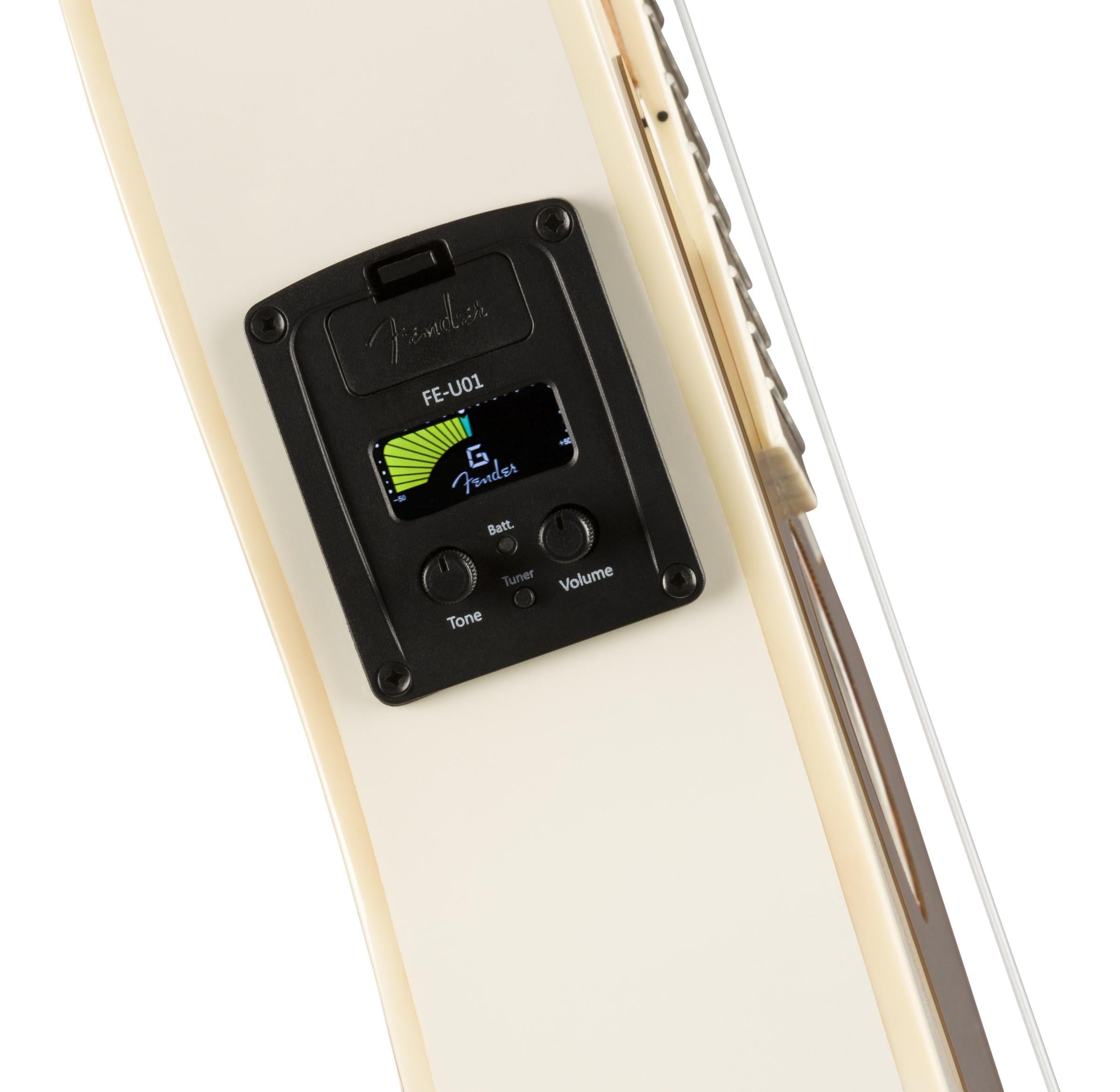

If you, like me you play guitar, the tuning of a baritone ukulele offers no fears. the D string is the lowest string, not as in the Soprano/Concert/Tenor uke a re-entrant tuning, where the G string of G C E A stringing is a high note. It is also normally a linear tuning, i.e. ISBN 978-0-7866-7393-3.So you’ve got a good grasp of your ukulele, but have wondered what it’s like to play the Big Daddy of ukuleles? – a Baritone ukulele.Ī baritone ukulele is tuned D G B E in it’s standard tuning. ^ a b David Barrett, John Garcia (2008).^ Michael Pilhofer and Holly Day, Music Theory For Dummies (London: John Wiley & Sons, 2011), 244.Fayetteville, Arkansas: University of Arkansas Press.

Blues Harmonica Jam Tracks & Soloing Concepts #1. Complete Blues Guitar Method: Mastering Blues Guitar. Examples are " Nine Pound Hammer" and Ray Charles's original instrumental "Sweet Sixteen Bars". The same chord progression can also be called a sixteen-bar blues, if each symbol above is taken to be a half note in 2Ĥ time. The same four bar progression is used by the band Radiohead to make up the bulk of the song " Creep". For example, the song " Ain't Nobody's Business" as performed by Freddie King at least, uses a I–III–IV–iv progression in each of the first four bars. There are at least a few very successful songs using somewhat unusual chord progressions as well. The progression may be created by dropping the first four bars from the twelve-bar blues, as in the solo section of Bonnie Raitt's "Love Me Like a Man" and Buddy Guy's "Mary Had a Little Lamb": IV 7 The first four bar progression used by Wolf is also used in Nina Simone's 1965 version of " Trouble in Mind", but with a more uptempo beat than "Sitting on Top of the World": The song uses movement between major and dominant 7th and major and minor fourth: Howlin Wolf's version of " Sitting on Top of the World" is actually a 9 bar blues that adds an extra "V" chord at the end of the progression. Jimmy Rogers' "Walkin' By Myself" (somewhat unorthodox example of the form): "Get a Haircut" by George Thorogood (simple progression): Lenoir's "Slow Down" and "Key to the Highway" (variation with the V at bar 2): " Heartbreak Hotel" (variation with the I on the first half): Roman numerals are used so the musician may understand the progression of the chords regardless of the key it is played in. The chords are represented as scale degrees in Roman numeral analysis. If two chords are in the box they are each played for half a bar, etc.
Ten thumbs ukulele 8 bar blues full#
The chord in the box is played for the full bar. In the following examples each box represents a 'bar' of music (the specific time signature is not relevant). The move to the IV chord usually happens at bar 3 (as opposed to 5 in twelve bar) however, "the I chord moving to the V chord right away, in the second measure, is a characteristic of the eight-bar blues." One variant using this progression is to couple one eight-bar blues melody with a different eight-bar blues bridge to create a blues variant of the standard 32-bar song: "I Want a Little Girl" ( T-Bone Walker) and " Great Balls of Fire" ( Jerry Lee Lewis)( Įight-bar blues progressions have more variations than the more rigidly defined twelve bar format.

" Trouble in Mind" ( Chippie Hill, 1926)." Ain't Nobody's Business If I Do" ( Sara Martin, 1922).It is often notated in 4Įarly examples of eight-bar blues standards include: Music writers have described it as "the second most common blues form" being "common to folk, rock, and jazz forms of the blues". In music, an eight-bar blues is a common blues chord progression. Problems playing this file? See media help.


 0 kommentar(er)
0 kommentar(er)
